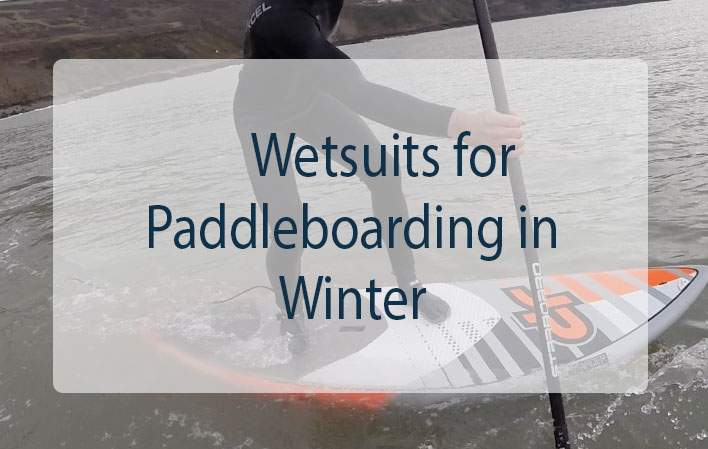Wetsuits are essential for paddleboarding in cold winter conditions to keep you warm and comfortable while on the water. Paddleboarding in cold water without proper insulation can lead to hypothermia, so choosing the right wetsuit is crucial. Here are some considerations for selecting a wetsuit for winter paddleboarding.
Considerations for Choosing a Wetsuit
Thickness
The thickness of a wetsuit is usually measured in millimeters (mm) and is denoted with two numbers, such as 5/4mm. The first number represents the thickness of the material in the torso area, while the second number indicates the thickness in the arms and legs. For winter paddleboarding in very cold water, a thicker wetsuit like a 5/4mm or even a 6/5mm is recommended to provide maximum insulation.
Material
Neoprene is the most common material used for wetsuits. High-quality neoprene provides better insulation and flexibility. Look for wetsuits with features like a thermal lining or smooth skin on the inside to help retain heat and keep you warm.
Seams
Pay attention to the type of seams used in the wetsuit. Sealed, glued, and blind-stitched (GBS) seams are ideal for cold-water paddleboarding as they minimize water penetration and help maintain warmth. Some wetsuits also come with taped seams for added durability and warmth.
Fit
A proper fit is crucial for a wetsuit to be effective. It should be snug but not too tight, allowing for ease of movement. Make sure it covers your entire body, including wrists and ankles, to prevent water from flushing in.
Hood and Accessories
In extremely cold conditions, consider a wetsuit with an attached hood or purchase a separate neoprene hood to keep your head warm. You can also use neoprene gloves and booties to keep your hands and feet insulated.
Zipper Type
Wetsuits come with back zippers or chest zippers. Chest zippers are often preferred for winter paddleboarding as they minimize water entry. Make sure the zipper has a good seal to prevent cold water from seeping in.
Brand and Quality
Invest in a high-quality wetsuit from reputable brands. While it may be more expensive, it will provide better insulation and durability, ensuring your safety and comfort in cold conditions.
Layering
In extremely cold conditions, you can layer under your wetsuit with thermal rash guards or neoprene vests to provide extra insulation.
| Consideration | Recommendation |
|---|---|
| Thickness | Opt for a thicker wetsuit, e.g., 5/4mm or 6/5mm, for maximum insulation. |
| Material | Look for high-quality neoprene with thermal lining for better warmth. |
| Seams | Choose wetsuits with sealed, glued, and blind-stitched (GBS) seams to minimize water penetration. |
| Fit | Ensure a snug but comfortable fit, covering wrists and ankles to prevent water entry. |
| Hood & Accessories | Consider an attached hood or a separate neoprene hood for extra head insulation. Use gloves and booties for hands and feet. |
| Zipper Type | Chest zippers are preferable to minimize water entry; ensure a good seal. |
| Brand & Quality | Invest in high-quality wetsuits from reputable brands for better insulation and durability. |
| Layering | In extremely cold conditions, layer with thermal rash guards or neoprene vests for added insulation. |
Safety Tips
- Always wear a personal flotation device (PFD) when paddleboarding.
- Use a leash to stay connected to your board for safety.
- Check local weather and water conditions before heading out.
- Inform someone about your paddleboarding plans and expected return time for safety.
Remember that even with a good SUP wetsuit, it’s essential to take safety precautions when paddleboarding in cold water. Always wear a personal flotation device (PFD) for safety and consider using a leash to stay connected to your board.
Before heading out, check local weather and water conditions, and let someone know your paddleboarding plans and expected return time. Paddleboarding in winter can be enjoyable, but it requires extra care and preparation.
Thesandshore.com is a source where the post Wetsuits for Paddleboarding in Winter appeared first.





